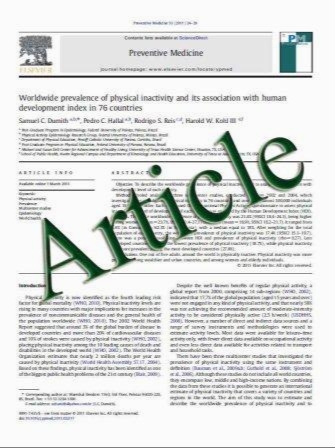Intradialytic hypotension
- نوع فایل : کتاب
- زبان : انگلیسی
- مؤلف : Wesley Hayes & Daljit K. Hothi
- چاپ و سال / کشور: 2011
Description
Intradialytic hypotension (IDH) is common in children during conventional, 4 hour haemodialysis (HD) sessions. The declining blood pressure (BP) was originally believed to be caused by ultrafiltration (UF) and priming of the HD circuit, however emerging data now supports a multifactorial aetiology. Therefore strategies to improve haemodynamic stability need to be diverse and address specific patient requirements or risks. In the treatment of IDH immediate action is required to stop or reduce the severity of symptoms that may precede or follow. Typically UF is slowed or stopped, a fluid bolus is given and in resistant cases the HD session is prematurely discontinued. Patients complete their treatment under-dialysed and volume expanded. Chronically, repeated episodes of IDH cause devastating, multi-system morbidity with an increased risk of mortality. This had provided the impetus for more haemodynamically friendly dialysis prescriptions that attenuate the risk of IDH. During pediatric HD several preventative strategies have been tested but with variable success. Of these, dialysate sodium profiling, UF guided by relative blood volume (RBV) algorithms, cooling and intradialytic mannitol appear to be the most effective. However in refractory cases one may be left with no option but to switch dialysis modality to haemodiafiltration (HDF) or more frequent or prolonged HD regimens.
Pediatr Nephrol (2011) 26:867–879 DOI 10.1007/s00467-010-1661-4 Received: 1 July 2010 / Revised: 9 September 2010 / Accepted: 10 September 2010 / Published online: 22 October 2010


